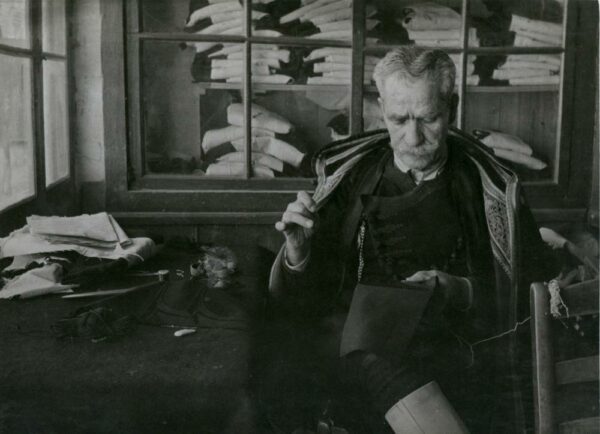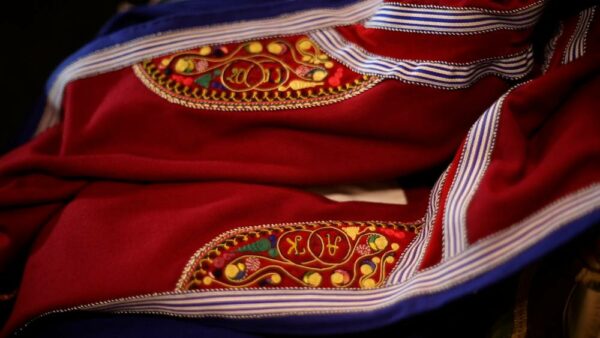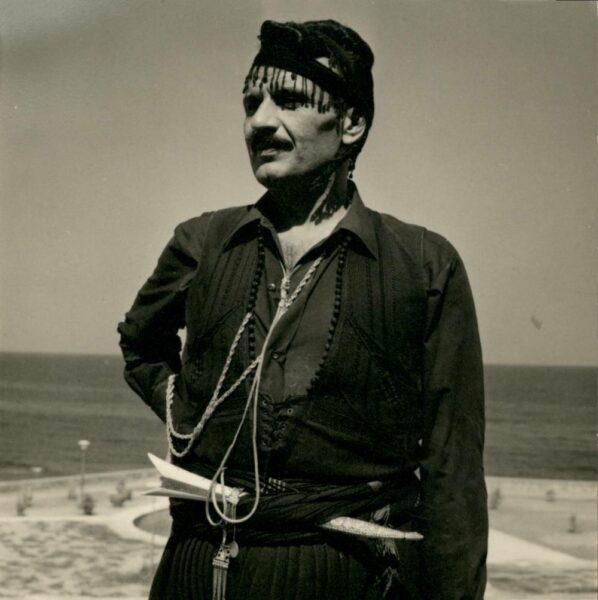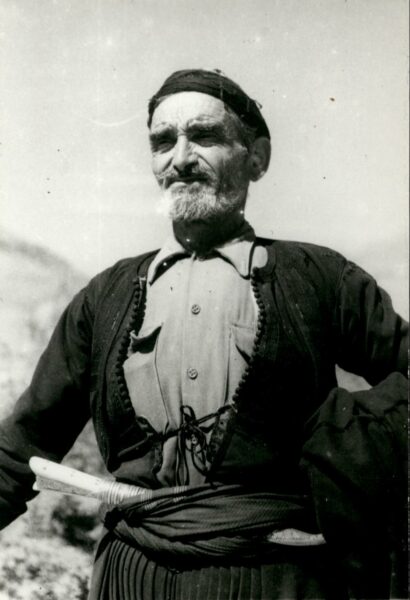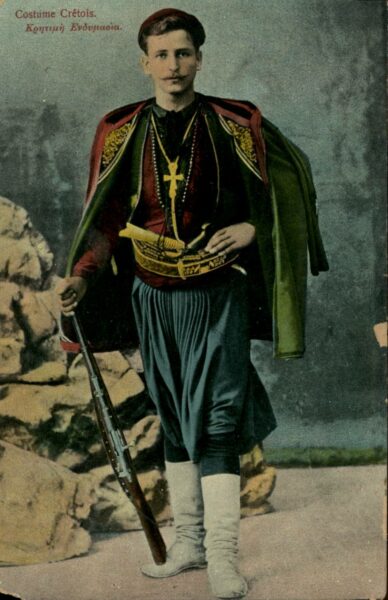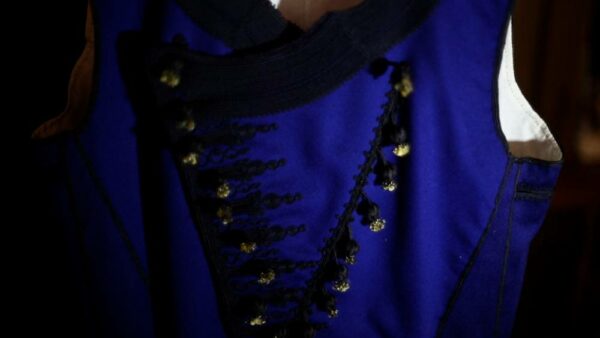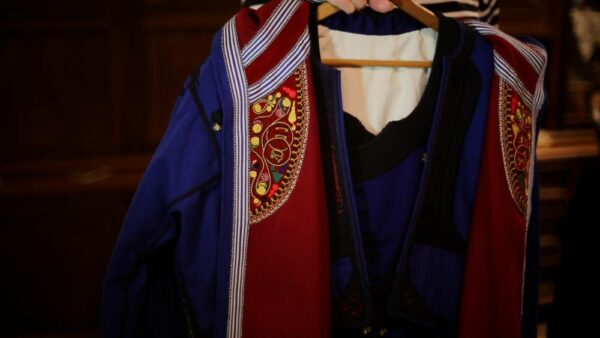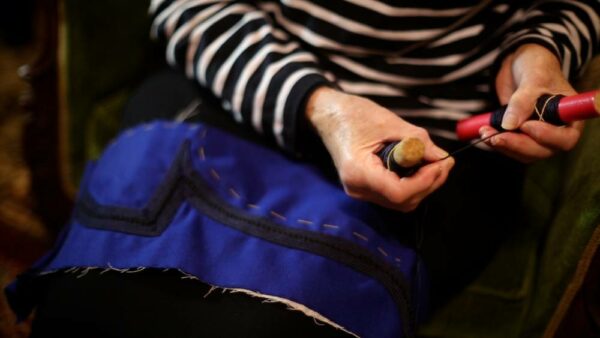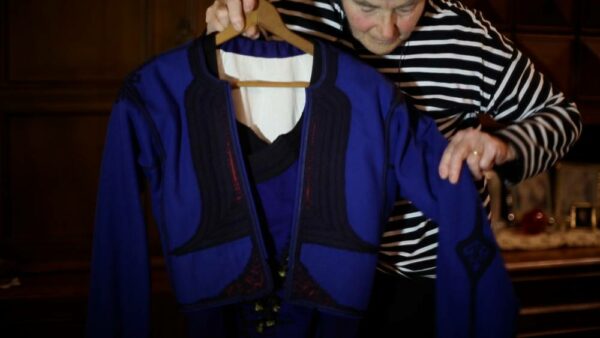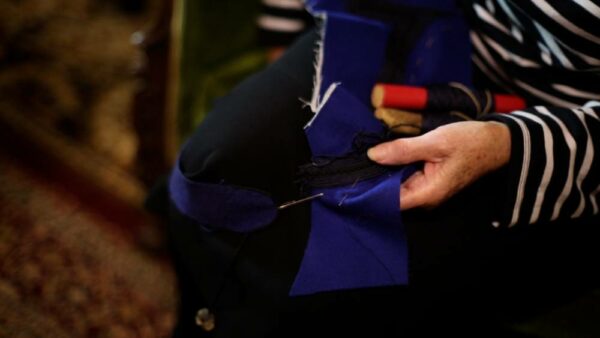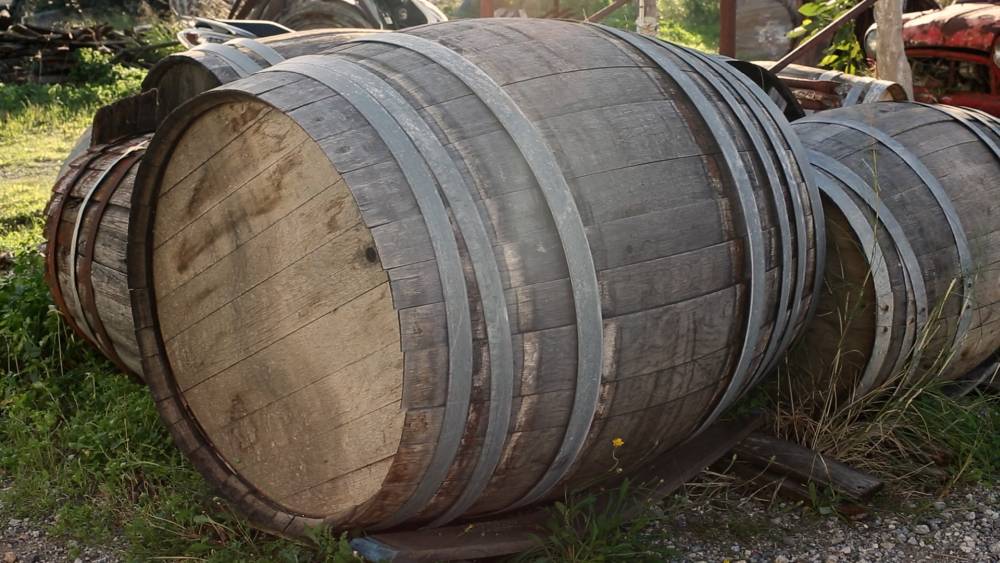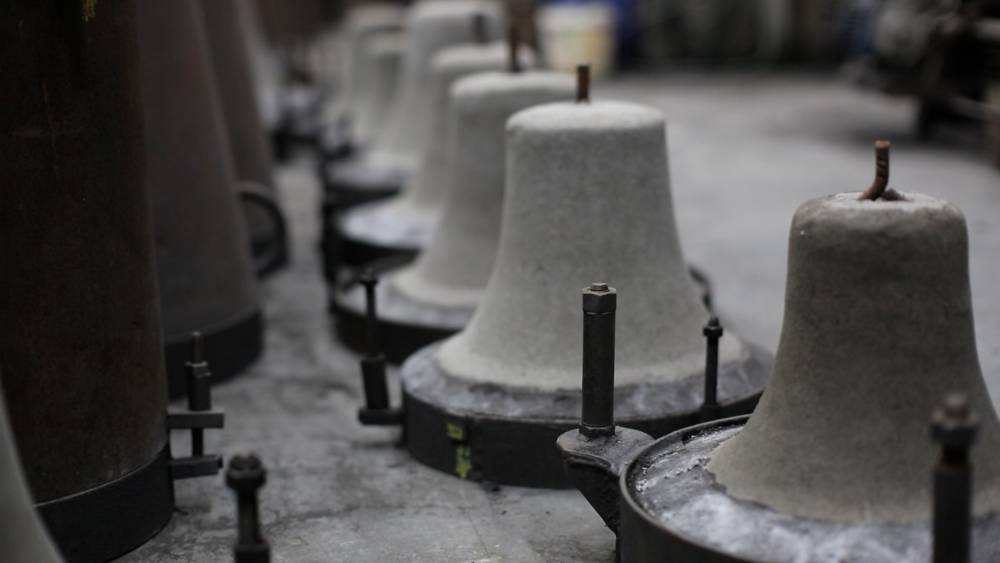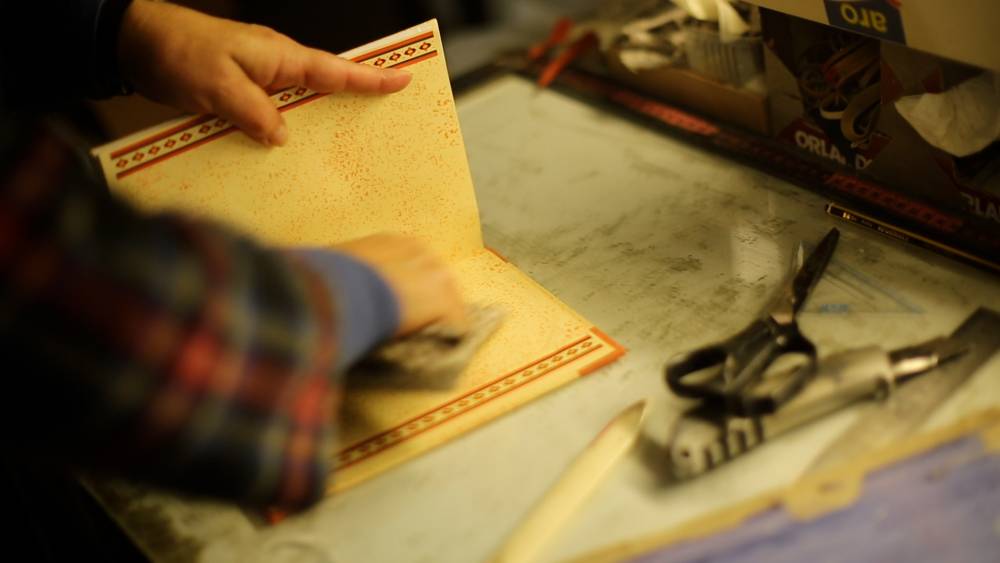Description
Until recently, the traditional costume of a place was the way of recognizing the origin of the people who wore it. Today clothing has become globalized and the local costumes have become museum objects or have been transformed from everyday clothing into exhibition costumes since their use is now different. The traditional costume is now used as a dancing “uniform” in various dancing groups as well as in the Presidential Guard.
The Cretans after the conquest of the island by the Venetians, and for about two centuries, continued wearing the Byzantine attire. Over time, they began to dress according to Venetian fashion, until about the middle of the 16th century, until the appearance of the baggy trousers (salvari), which was the official clothing of the Cretans for the following centuries. The tailors in the old days were two categories, the “frankish tailors” that is, those who sewed European clothes and the “terzides”. The craftsmen of the male Cretan costume were called terzides. The word “terzis” is of Turkish origin. The profession of terzis was predominantly practiced by men. The fabric chosen by the terzides was felt. A good quality woolen fabric, blue in color, light or dark depending on the customer’s taste or the fashion of each area. The terzides decorated the costume by fastening it with stitches, some strings – the “gaitania” and the “techrilia”, on the felt, forming with them various patterns. The terzides sewed and decorated baggy trousers (salvari), open or crossed vests (meitania) and capes. The terzides, depending on the desire of the customer and his financial ability, sewed casual or formal costumes differing in quality of the fabric as well as the decorations.

